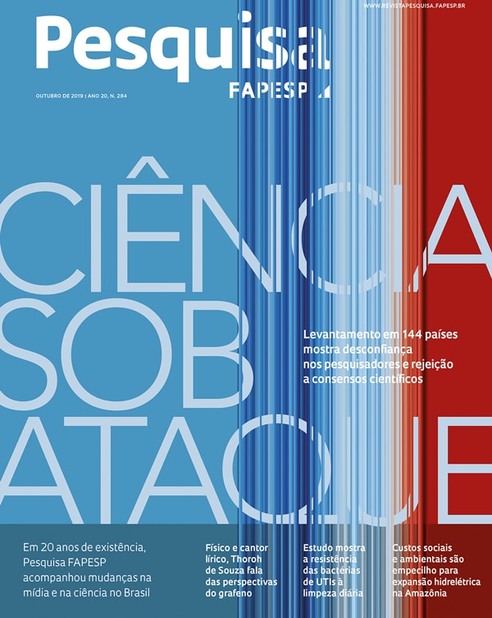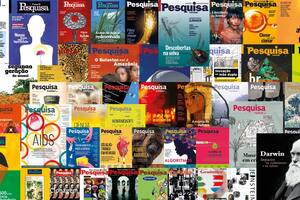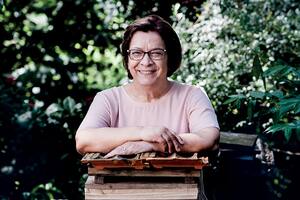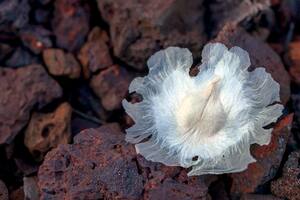Issue # 284 _ October 2019
Pesquisa Fapesp 20 Years
Pesquisa Fapesp 20 Years

Growth in numbers
Brazil’s research indicators have improved consistently over the past two decades
By Fabrício MarquesS&T Policy
Environment
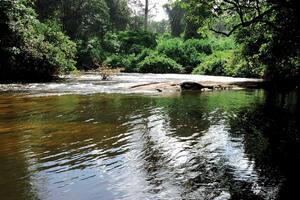
Forestry budgets
Researchers examine why some conservation areas receive more public funding than others
By Rodrigo de Oliveira AndradeScience
Microbiology
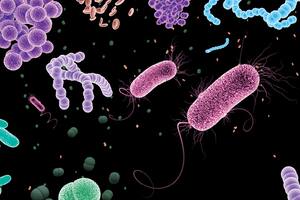
Bacteria in the ICU
Microbes found on mattresses, medical equipment, and smart devices can survive routine cleaning
By Carlos FioravantiEnvironment
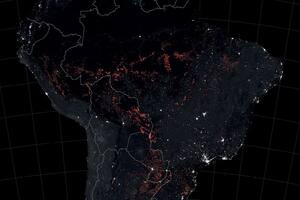
How to monitor forest fires
Data from NASA and INPE satellites confirms increased number of fires in the Amazon
By Marcos Pivetta and Rafael GarciaTechnology
Precision Livestock Farming
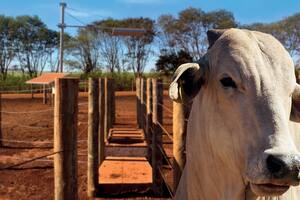
Weighing the herd
Innovative cattle-weighing solutions promise improved livestock productivity on Brazilian farms
By Frances Jones